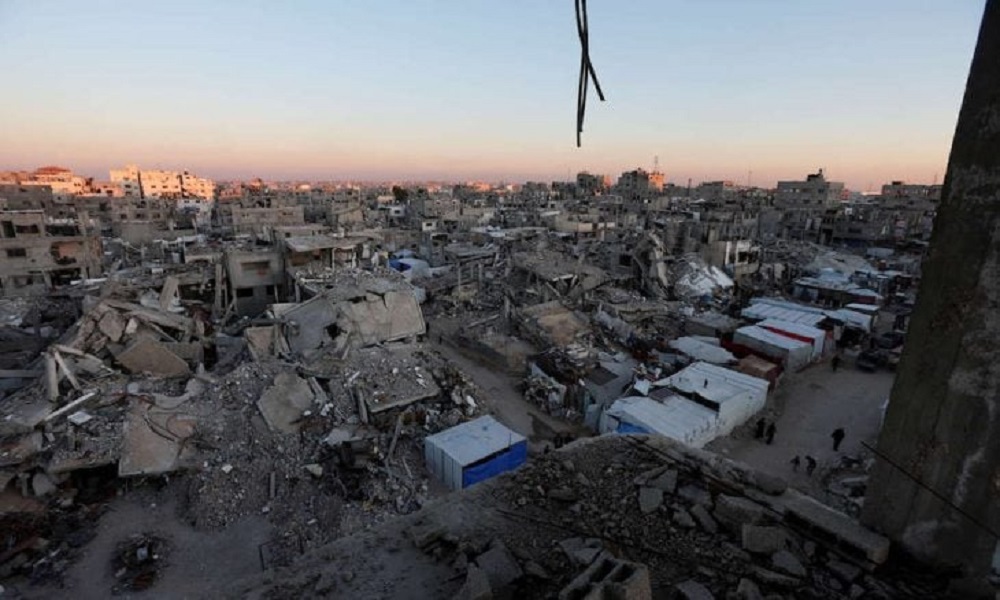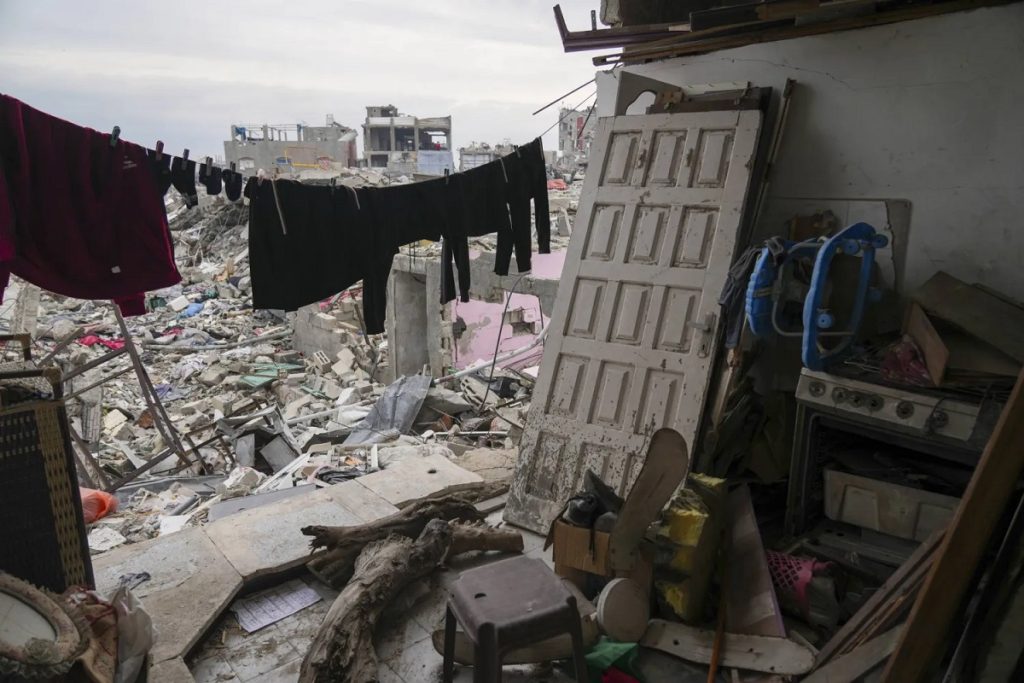Hamas Rejects Wietkoff’s Proposal for a Ramadan Truce
Hamas refuses a temporary ceasefire during Ramadan and Passover, calling for a complete Israeli withdrawal, prisoner exchange, and Gaza reconstruction.

Watan-The Islamic Resistance Movement (Hamas) on Sunday rejected a plan proposed by U.S. envoy Steven Wietkoff for a temporary truce in Gaza during Ramadan and Passover, instead demanding the implementation of the second phase of the ceasefire agreement with Israel.
Hamas stated that Israeli Prime Minister Benjamin Netanyahu’s reliance on U.S. proposals to extend the first phase, contrary to the agreement, was an obvious attempt to evade it.
The movement further condemned Netanyahu’s decision to halt humanitarian aid, calling it a cheap form of blackmail, a war crime, and a blatant violation of the agreement.
Hamas Calls for International Action Against Israeli Measures in Gaza
Hamas urged mediators and the international community to take action to pressure the Israeli occupation and halt its punitive measures against nearly two million people in Gaza.
The group also accused Netanyahu of attempting to impose political realities on the ground after his “fascist” army failed to do so over the past 15 months.
Hamas dismissed Israeli claims that it had violated the ceasefire agreement, calling them “misleading and baseless allegations.”

The Second Phase
Meanwhile, senior Hamas official Mahmoud Mardawi told Agence France-Presse (AFP) that Israel’s approval of Wietkoff’s proposal was “clear confirmation that the occupation is reneging on the agreements it signed.”
Mardawi emphasized that “the only path to regional stability and the return of prisoners is the full implementation of the agreement, starting with the second phase, which includes negotiations for a permanent ceasefire, a complete withdrawal, reconstruction, and then the release of prisoners as part of an agreed-upon deal. This is what we insist on and will not back down from.”
Israeli Prime Minister Benjamin Netanyahu’s office had earlier stated that Israel agreed to the general framework of a truce proposed by Wietkoff during Ramadan and Passover (April 12-20). However, Wietkoff himself had not publicly announced this plan.
According to Netanyahu’s office, after a security meeting chaired by the prime minister and attended by the defense minister, top military leaders, and the negotiating team, the proposal included releasing half of the Israeli prisoners held in Gaza—both alive and dead—on the first day of the proposed truce.
The statement added that if an agreement for a permanent ceasefire were reached, the remaining prisoners in Gaza would also be released.

Israeli media estimate that there are 62 Israeli prisoners in Gaza, some alive and some deceased, while Palestinian factions have not disclosed the exact number of captives they hold.
The ceasefire began on January 19, with its first phase lasting 42 days. This is one of three phases included in the agreement.
During this phase, Hamas and other factions released 33 Israeli prisoners from Gaza, including 8 who were deceased. In return, Israel freed approximately 1,700 Palestinian detainees from its prisons out of the 1,900 it had agreed to release.
Hamas Insists on Full Ceasefire Deal as Israel Halts Negotiations
The second phase is supposed to secure the return of the remaining prisoners while ensuring a complete Israeli military withdrawal from Gaza and an end to the war. Hamas has affirmed its willingness to release all prisoners “at once” during this stage.
The third phase focuses on Gaza’s reconstruction, a massive project that the United Nations estimates will cost more than $53 billion.

Meanwhile, Israeli Foreign Minister Gideon Sa’ar stated that Israel would not be able to proceed with the ceasefire agreement at this time.
He added, “Hamas rejected the ceasefire framework, which is why we are unable to move forward right now,” claiming, “We have fulfilled all our commitments up to the last day.”






